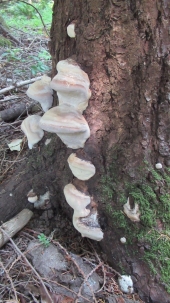




 3
3





 2
2




List of Bryant RedHawk's Epic Soil Series Threads We love visitors, that's why we live in a secluded cabin deep in the woods. "Buzzard's Roost (Asnikiye Heca) Farm." Promoting permaculture to save our planet.












 3
3




List of Bryant RedHawk's Epic Soil Series Threads We love visitors, that's why we live in a secluded cabin deep in the woods. "Buzzard's Roost (Asnikiye Heca) Farm." Promoting permaculture to save our planet.
 3
3




Jd
 1
1




Inmate, Natures Asylum, Siskiyou Ward
"Live Simply, So Others may SIMPLY LIVE"
 2
2




 1
1












I am the mulch queen!
 2
2




Inmate, Natures Asylum, Siskiyou Ward
"Live Simply, So Others may SIMPLY LIVE"




Inmate, Natures Asylum, Siskiyou Ward
"Live Simply, So Others may SIMPLY LIVE"




randal cranor wrote:...."Doot, doot, doo, looking out my back door" CCR...
“The most important decision we make is whether we believe we live in a friendly or hostile universe.”― Albert Einstein
 3
3





|
We cannot change unless we survive, but we will not survive unless we change. Evolving tiny ad:
Learn Permaculture through a little hard work
https://wheaton-labs.com/bootcamp
|



